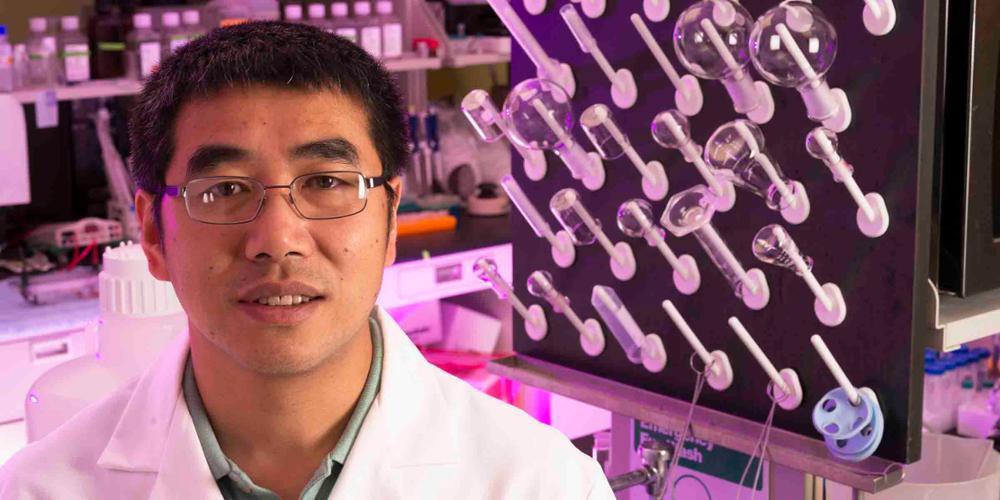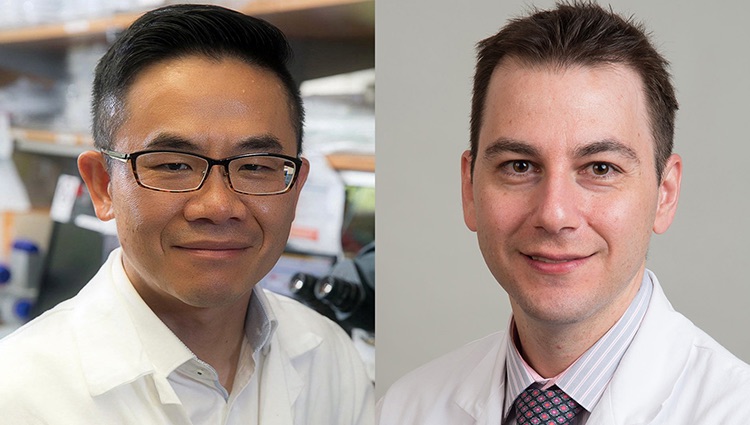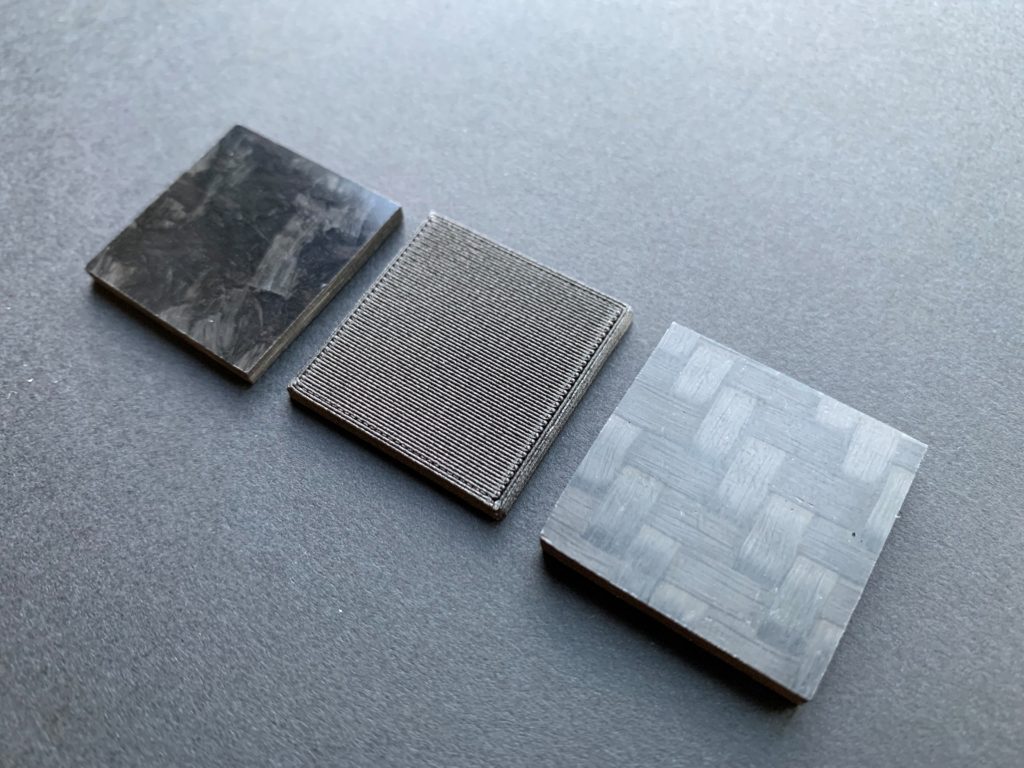UC San Diego researchers have created an array of nanopillars that can breach the nucleus of a cell—the compartment that houses our DNA—without damaging the cell’s outer membrane. This new “gateway into the nucleus” could open new possibilities in gene therapy, where genetic material needs to be delivered directly into the nucleus, as well as drug delivery and other forms of precision medicine.
Tag: nanotechnolgy
Mount Sinai Researchers Discover Novel Nanoparticles in Blood With Potential to Transform Cancer Diagnosis
Scientists at the Icahn School of Medicine at Mount Sinai have identified a new class of RNAs packed into tiny particles known as extracellular vesicles (EVs) that could revolutionize how cancer and other diseases are diagnosed. The team found that these molecules undergo changes when cancer is present, suggesting their potential as biomarkers for detecting prostate cancer or as targets for therapy.

Juntao Luo, PhD, awarded more than $2 million to fund research on sepsis treatment
Upstate researcher Juntao Luo, PhD, continues to attract funding—securing a more than $2 million grant from the National Institute of General Medical Sciences (NIGMS)—in his effort to find an effective treatment for severe sepsis, which has a mortality rate of 30 to 40 percent.
Organic nanozymes have broad applications from food and agriculture to biomedicine
A new paper from the University of Illinois Urbana-Champaign provides an overview of the current state of organic nanozymes and their future potential.
Nanowires Create Elite Warriors to Enhance T Cell Therapy
Georgia Tech bioengineer Ankur Singh and his team have developed a method to enhance adoptive T-cell therapy using nanowires to deliver miRNA to T-cells, preserving their naïve state for more effective disease-fighting. This innovative technique allows the T-cells to remain programmable and robust, offering a potential gamechanger for immunotherapies.
Fast Charging Electric Vehicles with Stable High-energy Density Lithium-ion Batteries
A research team at the Korea Electrotechnology Research Institute (KERI) Battery Materials and Process Research Center, in cooperation with a Hanyang University team mentored by Professor Lee Jong-Won and a Kyunghee University team mentored by Professor Park Min-Sik, developed a core technology to ensure the charging/discharging stability and long-life of lithium-ion batteries under fast-charging conditions.
How Scientists Are Accelerating Next-Gen Microelectronics
In a new Q&A, microelectronics expert and CHiPPS Director Ricardo Ruiz shares his perspective on keeping pace with Moore’s Law in the decades to come through a revolutionary technique called extreme ultraviolet lithography.
How a plant virus could protect and save your lungs from metastatic cancer
Using a virus that grows in black-eyed pea plants, researchers developed a new therapy that could keep metastatic cancers from spreading to the lungs, as well as treat established tumors in the lungs.
These fridge-free COVID-19 vaccines are grown in plants and bacteria
Nanoengineers at the University of California San Diego have developed COVID-19 vaccine candidates that can take the heat. Their key ingredients? Viruses from plants or bacteria.
Soft skin patch could provide early warning for strokes, heart attacks
UC San Diego engineers developed a soft, stretchy ultrasound patch that can be worn on the skin to monitor blood flow through vessels deep inside the body. Such a device can make it easier to detect cardiovascular problems, like blockages in the arteries that could lead to strokes or heart attacks.
‘Nanodecoy’ Therapy Binds and Neutralizes SARS-CoV-2 Virus
Nanodecoys made from human lung spheroid cells (LSCs) can bind to and neutralize SARS-CoV-2, promoting viral clearance and reducing lung injury in a macaque model of COVID-19.

Chula Engineering Cures Salty Tap Water with NanoTech
During the dry season this year, Bangkok residents have faced the saltiest tap water problem in 20 years as a result of global warming and seawater rise. Chulalongkorn engineers predict the problem to persist until May and have proposed solutions with desalination technology.

UCLA researchers receive $2.97 million grant to develop test for early detection of liver cancer
UCAL researchers are developing a nanotechnology-enabled cancer diagnostic solution that will help detect early stage liver cancer for people who are at risk of developing the disease.
Micromotors push around single cells and particles
A new type of micromotor—powered by ultrasound and steered by magnets—can move around individual cells and microscopic particles in crowded environments without damaging them. In one demonstration, a micromotor pushed around silica particles to spell out letters. Researchers also controlled the micromotors to climb up microsized blocks and stairs, demonstrating their ability to move over three dimensional obstacles.

Houston Methodist researchers test-drive Lamborghini’s carbon fiber materials in space
Houston Methodist researchers are studying Italian sports car maker Automobili Lamborghini’s carbon fiber materials in space.